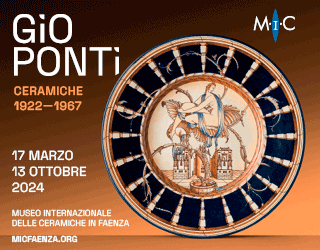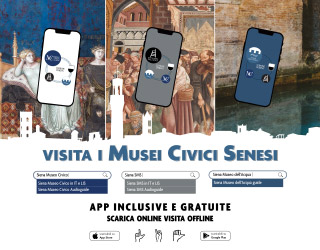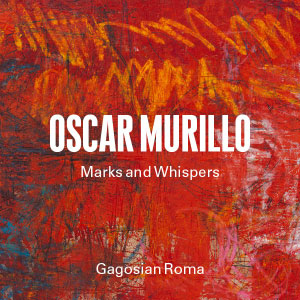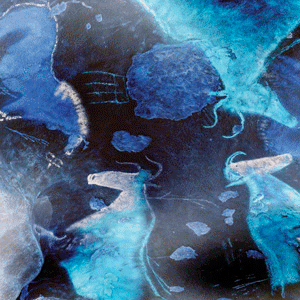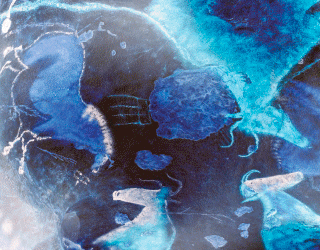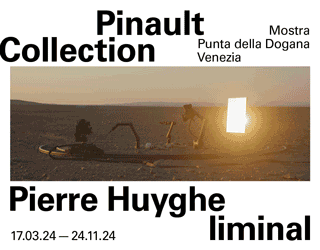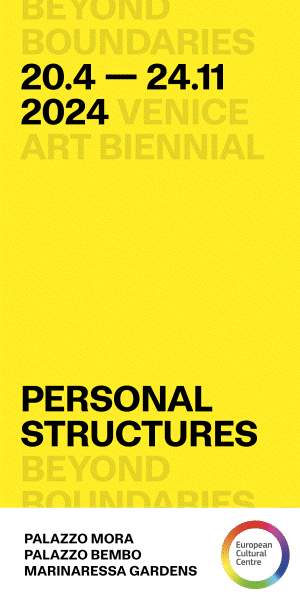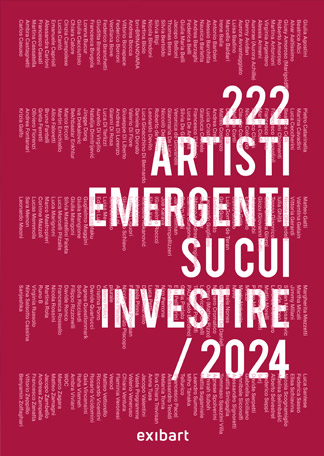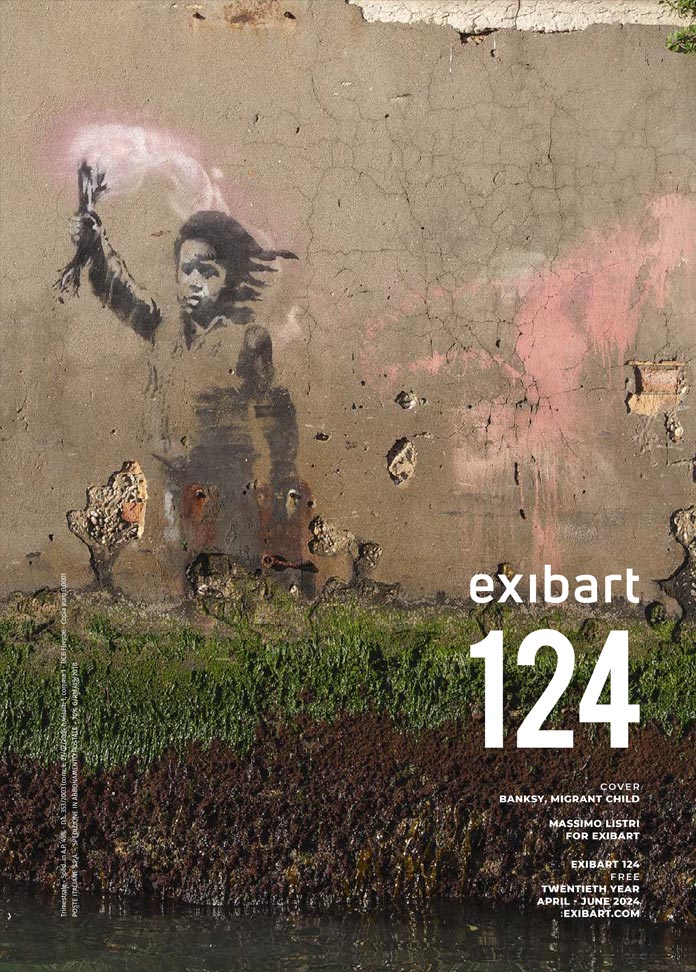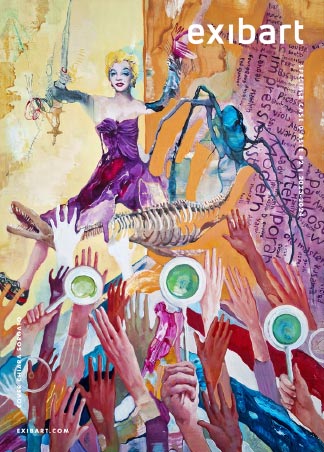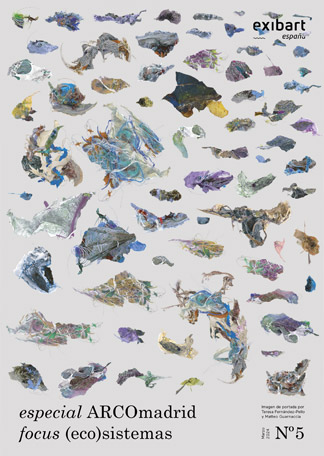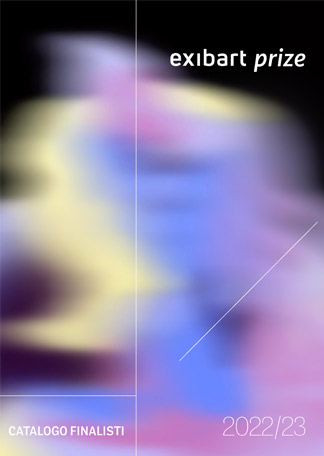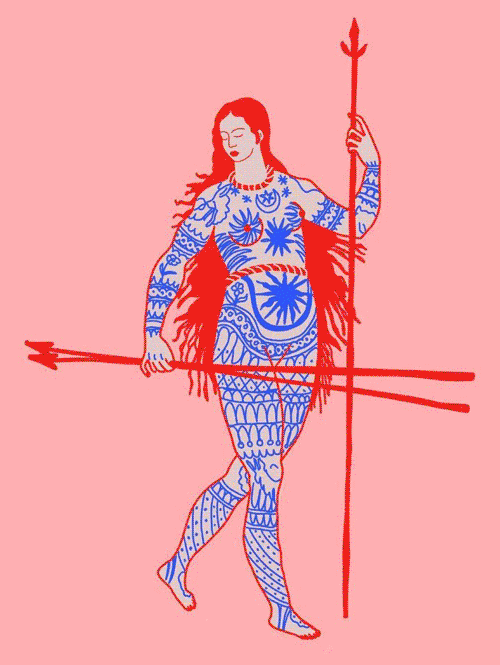-
- container colonna1
- Categorie
- #iorestoacasa
- Agenda
- Archeologia
- Architettura
- Arte antica
- Arte contemporanea
- Arte moderna
- Arti performative
- Attualità
- Bandi e concorsi
- Beni culturali
- Cinema
- Contest
- Danza
- Design
- Diritto
- Eventi
- Fiere e manifestazioni
- Film e serie tv
- Formazione
- Fotografia
- Libri ed editoria
- Mercato
- MIC Ministero della Cultura
- Moda
- Musei
- Musica
- Opening
- Personaggi
- Politica e opinioni
- Street Art
- Teatro
- Viaggi
- Categorie
- container colonna2
- container colonna1
The 20’s: Valori Plastici (plastic values), Novecento (Twentieth-Century), second Futurism, the artists of consent
The Italian Twentieth Century Art Museum
After the 1st World War, experimentalism and avant-garde art were abandoned. The sense of confusion and the will of reconstructing a social order resulted in a domestic atmosphere and in figurations referring to the Classical tradition
di redazione
 The «return to order» interested the most important European artists and found a large consent in Italy.
The «return to order» interested the most important European artists and found a large consent in Italy.
Painters, sculptors, critics and art historians considered themselves as the legitimate continuers of that great experience. The evidence of this theory are: the roman magazine «Valori Plastici» (1918-1922), the exhibition of the «Primaverile Fiorentina» of 1922, the exhibition of the «Gruppo Novecento» in Milan (1926; 1929), as well as the essays on Piero della Francesca by Roberto Longhi (1914; 1921), on Giotto by Carlo Carrà and on «Il gusto dei primitivi (The primitives taste)» by Lionello Venturi (1926). As Margherita Sarfatti, critic of «Novecento», says, Italian artists were the «Revolutionaries of the modern Restoration», a principle which was adopted by the official culture.
Many artists accepted these ideas: the painters Carlo Carrà, Felice Casorati, Giorgio de Chirico, Pompeo Borra, Filippo de Pisis, Gino Severini, Massimo Campigli, Antonio Donghi, Virgilio Guidi, Giorgio Morandi, Piero Marussig, Ottone Rosai, Mario Sironi and the sculptors Arturo Martini, Evaristo Boncinelli e Marino Marini, masters whose works – thanks to the donation of the «Raccolta Alberto della Ragione» – are exhibited in the «Raccolta d’Arte Italiana del Novecento (Collection of Italian Art of the Twentieth-Century)» of Florence (rooms I-X).  Felice Casorati (room III), after the modernist and metaphysical experience suggested a rereading of fifteenth century painting. He combined clean contours and compact volumes with geometrical and synthetic space typical of Cézanne and the cubism, in order to obtain a new style strongly linked to the tradition.
Felice Casorati (room III), after the modernist and metaphysical experience suggested a rereading of fifteenth century painting. He combined clean contours and compact volumes with geometrical and synthetic space typical of Cézanne and the cubism, in order to obtain a new style strongly linked to the tradition.
«Ragazza in azzurro» (1933), «Nudo giallo» (1945), «Il Meriggio» (1922). and the still life are all works of his maturity.
In «Il Meriggio», a study of the central figure of the painting in the «Museo Civico Revoltella» of Trieste, the mystery of the figure is the symptom of the difficulties of that period.
In the following rooms are De Pisis’s still lifes (rooms II and XVIII), such as «Funghi sul mare» (1931), Rosai’s «L’attesa» (1919) (room III), Guidi’s portraits (room VII), Morandi’s still lifes (room IX) and Carrà’s landscapes (room IX).
Ten of Di Sironi’s paintings are in room VIII; among them «Donna pensosa» (1928), «Paesaggio dolomitico» (1931) and «Composizione col combattente». These works represent a synthetic as well as monumental research, which maintain a strong expressivity. The sculpture of Arturo Martini (sale V, VIII, X) was close to Sironi’s work. Martini, who knew the works of Rodin, Bourdelle and Brancusi, drew his inspiration from Italian sculpture of the Fourteenth Century, going back to Etruscan times. This is evident in the following of Martini’s works: «La pisana» (1929-1930 ca.), «La cinese» (1932), «La chimera» (1934), «Apparizione» (1936). The research on the Italian plastic tradition, and on various artstic techniques, also interested Marino Marini (rooms I, VIII, X). Alberto della Ragione owned small bronze sculptures such as «Giovane pugile» (1934), terracotta sculptures, wax moulded sculptures, and stone sculpted portraits (Ritratto di America Vitali, 1937).
The sculpture of Arturo Martini (sale V, VIII, X) was close to Sironi’s work. Martini, who knew the works of Rodin, Bourdelle and Brancusi, drew his inspiration from Italian sculpture of the Fourteenth Century, going back to Etruscan times. This is evident in the following of Martini’s works: «La pisana» (1929-1930 ca.), «La cinese» (1932), «La chimera» (1934), «Apparizione» (1936). The research on the Italian plastic tradition, and on various artstic techniques, also interested Marino Marini (rooms I, VIII, X). Alberto della Ragione owned small bronze sculptures such as «Giovane pugile» (1934), terracotta sculptures, wax moulded sculptures, and stone sculpted portraits (Ritratto di America Vitali, 1937).
The success of the «return to order» did not prevent new researches.
While the Twentieth Century was conforming to regimes’ propaganda, and while new groups, hostile to Classicism, were forming, the Futurism was re-forming with new artists, (room XII).
Painting, sculpture and applied arts used new iconographies and an unconventional technical research. Alberto della Ragione understood that innovating research, collecting Fortunato Depero’s paintings, Fillia’s aeropictures and Enrico Prampolini’s biological landscapes.
Paola Cammeo
[exibart]

